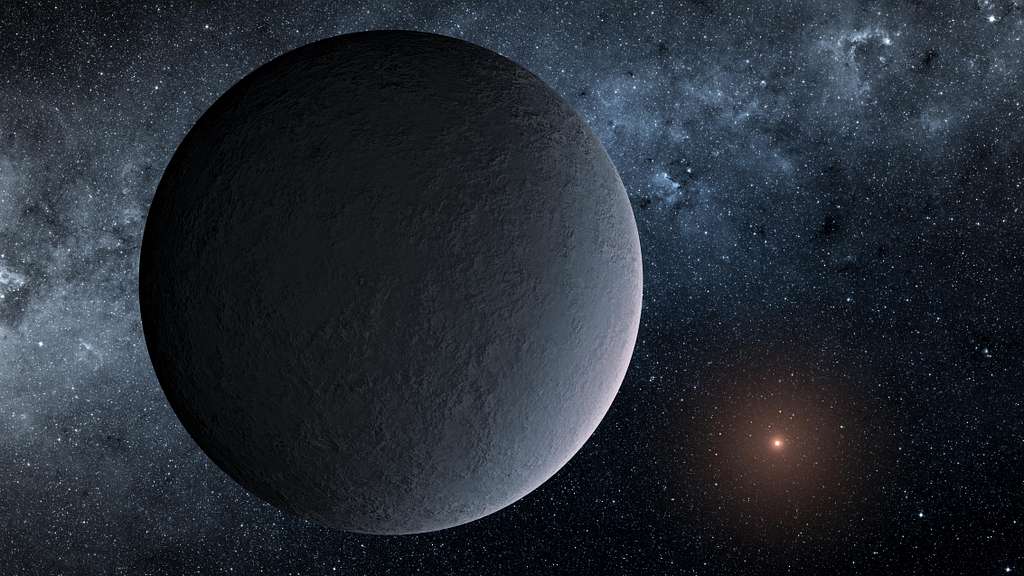What You Need to Know About PDF Files
In the quest for understanding the mysteries of the universe, scientists have been exploring the depths of space for centuries. The latest breakthrough in this cosmic exploration comes in the form of a newly discovered exoplanet named Kepler-452b.
Kepler-452b, lovingly dubbed “Earth’s Cousin,” is located a staggering 1,400 light-years away from our home planet. It orbits a star similar to our sun, known as Kepler-452, and is situated within the habitable zone – the region where conditions are just right for liquid water to exist on a planet’s surface.
This remarkable discovery was made possible by NASA’s Kepler Space Telescope. Launched in 2009, the Kepler telescope has been diligently scanning the skies, searching for exoplanets – planets that orbit stars outside our solar system. Its primary mission is to determine the prevalence of Earth-sized planets within the habitable zone of their parent stars.
The discovery of Kepler-452b is particularly significant because it bears striking similarities to Earth. It boasts a similar size, with a radius about 60% larger than our home planet. This suggests that its gravity and atmospheric conditions might be similar to what we experience here on Earth.
Furthermore, scientists estimate that Kepler-452b receives approximately 10% more energy from its star than we do from ours. This increased energy input could potentially result in a slightly warmer climate on the exoplanet. However, further research is needed to determine the exact nature of its atmosphere and whether it could support life as we know it.
The age of Kepler-452b is another intriguing aspect. Its star, Kepler-452, is approximately 1.5 billion years older than our sun, making the exoplanet about 6 billion years old. This raises fascinating questions about the longevity and stability of habitable conditions on Earth-like planets.
While the discovery of an exoplanet with such remarkable similarities to Earth is undoubtedly exciting, it is important to remain cautious. We have yet to obtain concrete evidence of its atmosphere or any signs of life. However, this discovery discovers new possibilities for future research and deepens our understanding of the potential for habitable worlds beyond our solar system.
Kepler-452b serves as a reminder of the vastness and diversity of the cosmos. It ignites our curiosity and compels us to further explore the depths of space in search of answers to the ultimate question: Are we alone in the universe?
As we continue to push the boundaries of scientific knowledge, discoveries like Kepler-452b remind us that there is still so much left to uncover. Each new exoplanet brings us closer to unraveling the mysteries of our existence and provides hope that we may one day find another world teeming with life. Until then, we will eagerly await the next groundbreaking discovery that awaits us in the vastness of space.
To read the full scientific article on the discovery of Kepler-452b, including detailed findings and methodology, you can download the PDF provided. Happy exploring!
